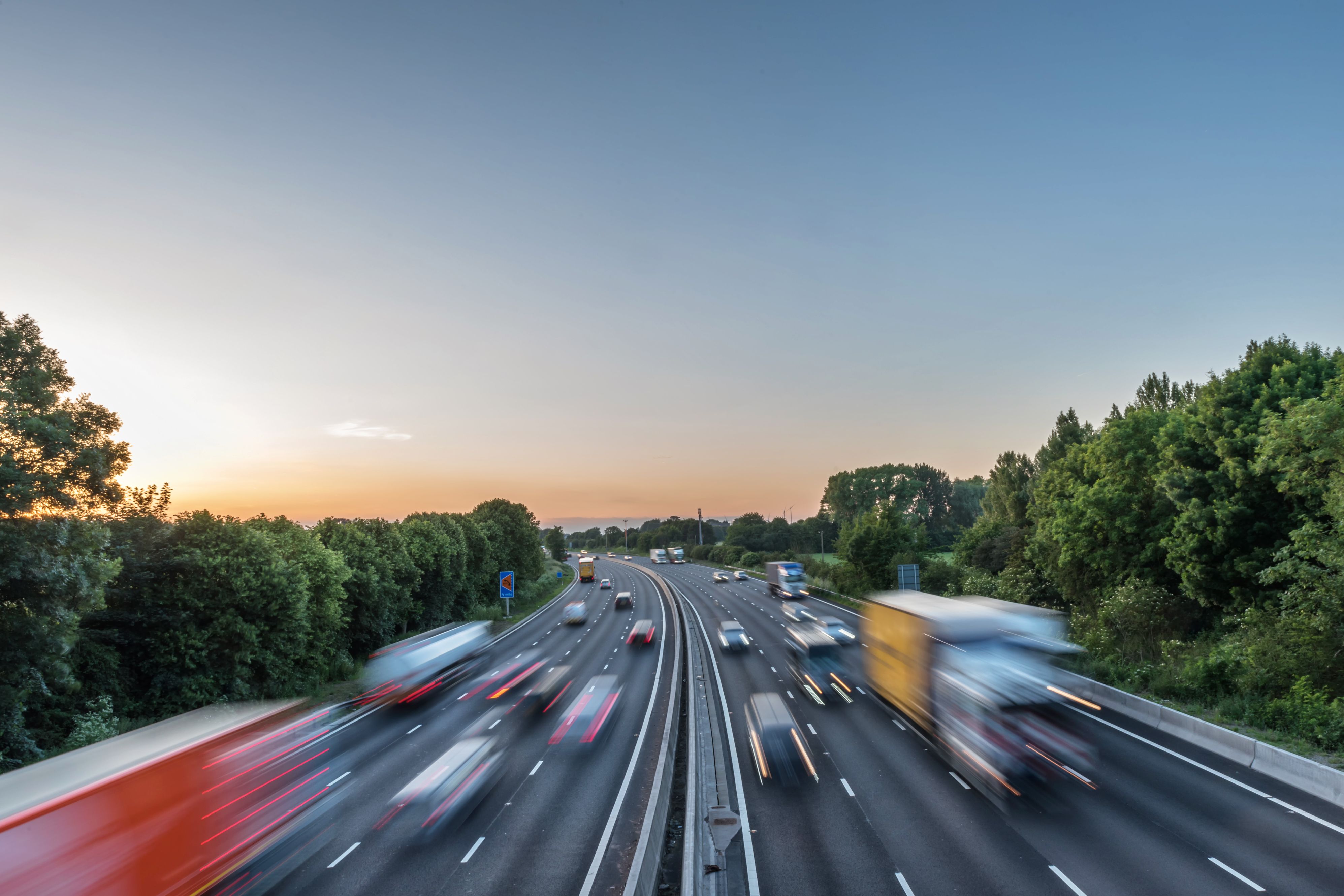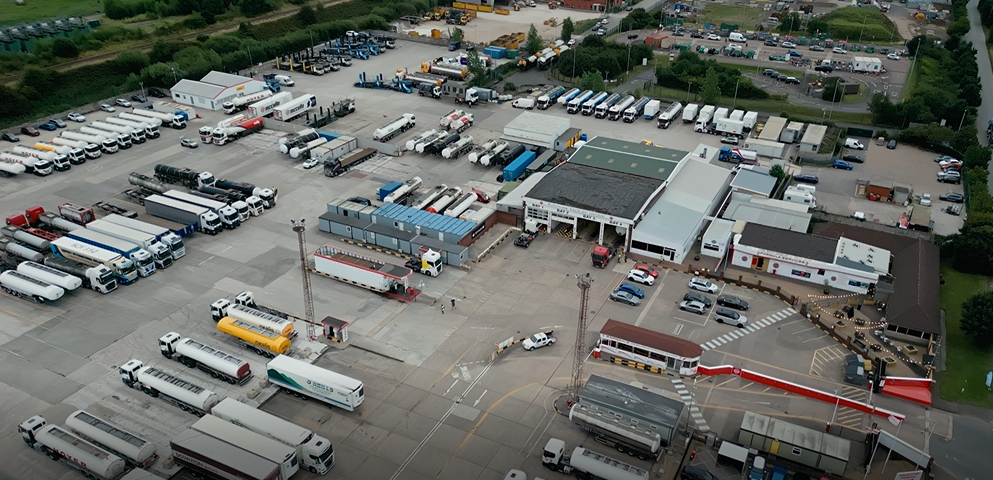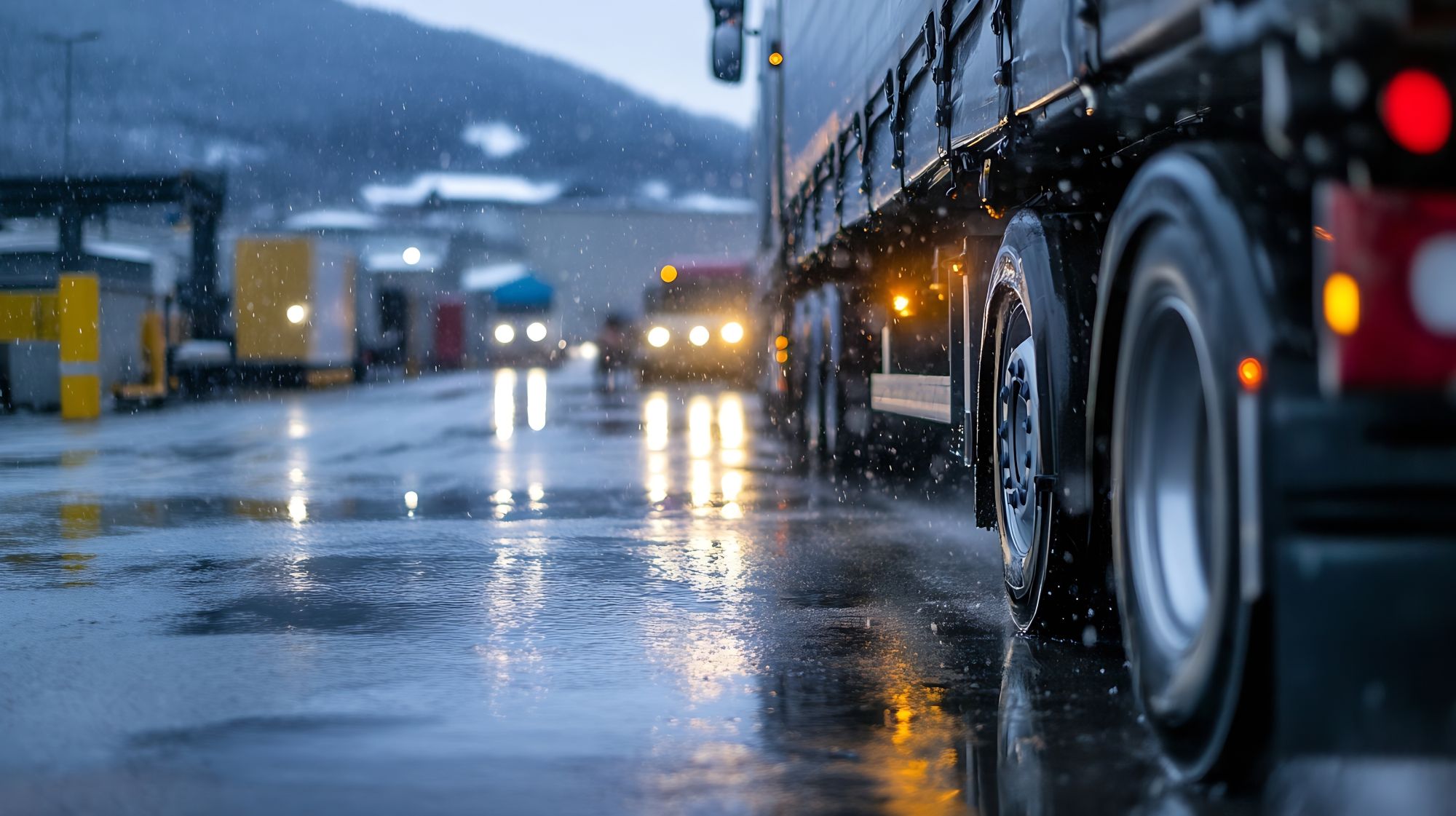
Miranda Blake
Kaip logistikos pramonė gali užtikrinti Europos sunkvežimių vairuotojų saugumą ir patogumą
Sukurta: 08-01-2025
•
Atnaujinta: 08-01-2025
Įgyvendindama naujas taisykles, naudodama technologijas ir siekdama užtikrinti vairuotojų gerovę, logistikos pramonė gali siekti saugesnės sunkvežimių vairuotojų ateities ir kartu skatinti patogumą.
Tačiau kaip tiksliai visa tai įgyvendinama? Skaitykite toliau ir sužinokite...
Informuotumas apie pavojingus Europos greitkelius
Anksčiau atlikome tyrimą, kuriame atskleidėme pavojingiausius Europos kelius ir nustatėme, kad tokiose šalyse, kaip Bulgarija ir Čekija, vidutiniškai žūsta daugiausia žmonių, skaičiuojant 10 000 mylių kelių tinklo.
Ši analizė labai svarbi siekiant suprasti, kur rizika yra didžiausia, ir išryškina poreikį imtis tikslingų intervencinių priemonių saugai gerinti. Turėdami šią svarbią informaciją, vairuotojai gali geriau pasiruošti kelionėms ir priimti pagrįstus sprendimus dėl maršrutų ir poilsio stotelių.
Technologijų vaidmuo didinant saugą
Be to, labai svarbus yra intelektas, įgytas naudojant tokias naujoves kaip GPS navigacijos sistemos, realiuoju laiku atnaujinami eismo duomenys ir pažangiosios pagalbos vairuotojui sistemos (ADAS). Tokia technologijų pažanga ne tik suteikia svarbių duomenų apie kelio sąlygas, bet ir padeda sunkvežimių vairuotojams priimti pagrįstus sprendimus dėl kelionių. Pavyzdžiui, GPS sistemos gali pasiūlyti alternatyvius kelius, kuriais išvengiama galimų pavojingų vietų, o eismo atnaujinimai gali įspėti apie vėlavimus ar avarijas. Todėl vairuotojai gali geriau optimizuoti savo keliones.
Be to, tokiomis programomis kaip intruck galima gauti išsamią informaciją apie sunkvežimių sustojimo vietas visoje Europoje, kad jie galėtų rasti tinkamas vietas pailsėti - tai ypač naudinga keliaujantiems didelius atstumus, kuriems reikia reguliariai daryti pertraukas, kad būtų laikomasi teisės aktų, kovojama su nuovargiu ir išlaikomas susikaupimas.
Kokybiško poilsio svarba
Ankstesniais metais daugelis vairuotojų neturėjo kito pasirinkimo, kaip tik praleisti pertraukas kabinoje, nes trūko prieinamų ir įperkamų būstų, o tai dažnai lėmė nekokybišką poilsį, kuris gali turėti neigiamos įtakos vairuotojų sveikatai ir saugai.
Daug daugiau dėmesio skiriama tam, kad sunkvežimių vairuotojai galėtų pailsėti tinkamose apgyvendinimo vietose. Transporto įmonės turi prisiimti atsakomybę už nakvynės viešbučiuose organizavimą arba naudojimąsi specialiomis poilsio patalpomis. Nors tai gali pareikalauti papildomų išlaidų, tai suteikia galimybę investuoti į darbuotojų gerovę, o galiausiai tai lemia didesnį pasitenkinimą darbu ir jų išlaikymą.
Apgyvendinimo sprendimų įgyvendinimas
Siekdami laikytis taisyklių, sumažinti su nuovargiu susijusią riziką ir pagerinti bendrą vairuotojų saugą, transporto priemonių parko operatoriai gali taikyti šiuos metodus:
● Partnerystės su vietiniais viešbučiais ar poilsio stotelėmis užmezgimas gali užtikrinti, kad vairuotojai galėtų patogiai pailsėti.
● Panaudojant programėles ir internetines platformas, sunkvežimių vairuotojams gali būti lengviau rasti netoliese esančias nakvynės vietas, supaprastinti procesą ir padidinti bendrą efektyvumą.

Kaip SNAP padeda sunkvežimių vairuotojams
SNAP keičia šio sektoriaus atstovų požiūrį, nes siūlo skaitmeninius sprendimus, kuriuose pirmenybė teikiama saugumui ir patogumui. Transporto parko įmonės ir sunkvežimių vairuotojai dabar gali naudotis vis platesniu paslaugų tinklu, skirtu sklandesnėms ir saugesnėms kelionėms.
Skaitmeninis patogumas
Mūsų pasiūlymų pagrindas - skaitmeninė rinka, kurioje supaprastinami įvairūs aspektai:
● Mokėjimai: Naudojant SNAP kas 13 sekundžių visoje Europoje atsiskaitant už poilsio stotelių paslaugas, sunkvežimių vairuotojams nebereikia išlaidauti iš savo kišenės ir vėliau reikalauti padengti išlaidas.
● Parkavimas: "intruck" padeda vairuotojams surasti ir iš anksto rezervuoti automobilių stovėjimo vietas, esančias jų maršrutuose, o daugelis jų turi sustiprintas saugumo galimybes, kad padidintų saugumą.
● Sutrumpintos paslaugos: Mūsų platformoje sunkvežimių vairuotojai gali mokėti už automobilių stovėjimo, plovimo ir kitas paslaugas naudodami tik savo transporto priemonės valstybinį numerį.
Pirmiausia sauga
Tai ir toliau išlieka svarbiausiu mūsų prioritetu. Neseniai išplėtėme savo tinklą ir įtraukėme svetaines Austrijoje, Bulgarijoje, Čekijoje, Graikijoje, Vengrijoje, Italijoje ir Rumunijoje. Daugelyje iš jų patobulinta saugumo infrastruktūra, taip sprendžiant itin svarbų saugaus naktinio stovėjimo poreikį.
Be to, turime specialų padalinį SNAP Access & Security, kuris teikia individualius sprendimus, apsaugančius patalpas nuo nusikaltimų, susijusių su kroviniais, grėsmių ir didinančius bendrą vairuotojų ir krovinių saugą.
Žvelgiant į ateitį su SNAP
Sunkvežimių vairuotojai yra labai patenkinti mūsų sprendimais. Tiesą sakant, 80 % vairuotojų, su kuriais kalbėjomės JK renginiuose, pirmenybę teikė SNAP, o ne kitiems mokėjimo būdams, o 74 % Europos sunkvežimių vairuotojų išreiškė norą, kad prie mūsų tinklo prisijungtų daugiau paslaugų partnerių.
Nuolat plečiame ir tobuliname savo tinklą ir sprendimus, todėl Europos sunkvežimių vairuotojai gali tikėtis daugiau galimybių, užtikrinančių didesnį saugumą, patogumą ir efektyvumą kelyje. Spręsdami tokias svarbias problemas kaip saugus automobilių stovėjimas ir supaprastinti mokėjimai, tiesiame kelią labiau susietai ir palankesnei sunkvežimių vežimo pramonei visoje Europoje.
Jei norite sužinoti daugiau apie SNAP, susisiekite su mūsų draugiška komanda telefonu +44 (0)1603 777242.



